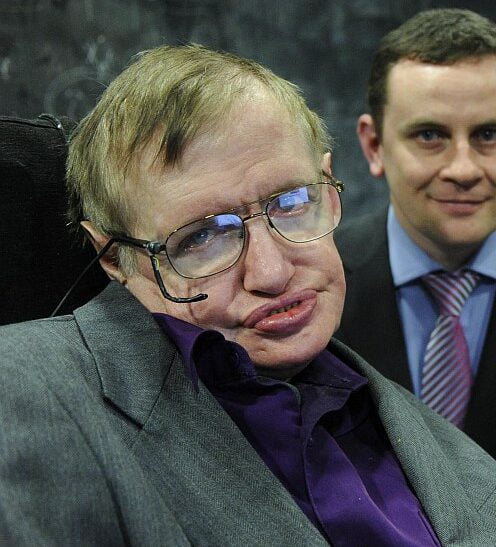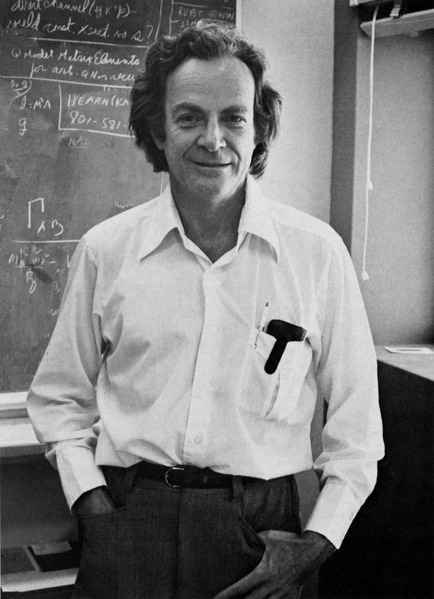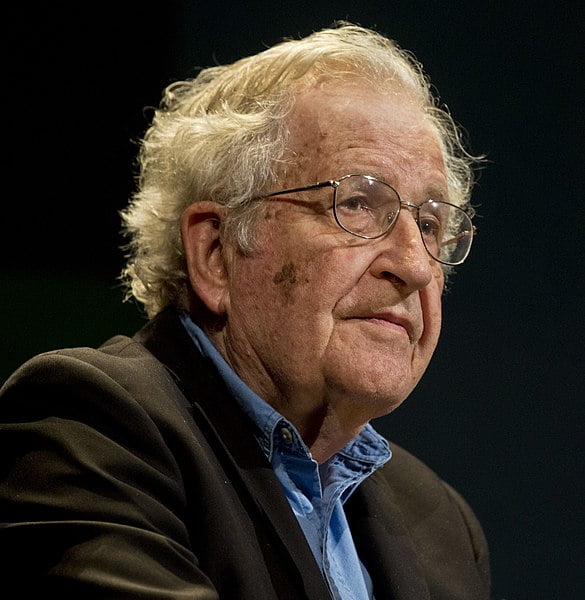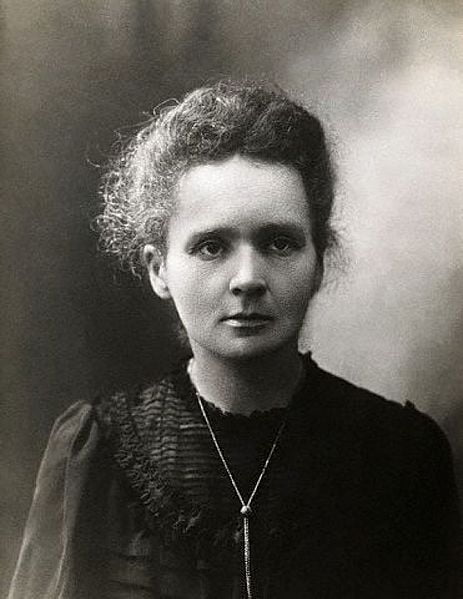| Born | 19 February 1473, Toruń, Royal Prussia, Poland |
| Died | 24 May 1543 (aged 70), Frombork, Royal Prussia, Poland |
| Education | – University of Kraków (1491–1495) – University of Bologna (1496–1500) – University of Padua (1501–1503) – University of Ferrara (DCanL, 1503) |
| Known for | – Heliocentrism – Quantity theory of money – Gresham–Copernicus law |
| Fields | Astronomy, Canon law, Economics, Mathematics, Medicine, Politics |
| Academic Advisor | Domenico Maria Novara da Ferrara |
| Life Highlights | – Born and died in Royal Prussia, part of the Kingdom of Poland – Obtained a doctorate in canon law – Developed a model of the universe with the Sun at its center – Published “De revolutionibus orbium coelestium” just before his death, contributing to the Copernican Revolution |






